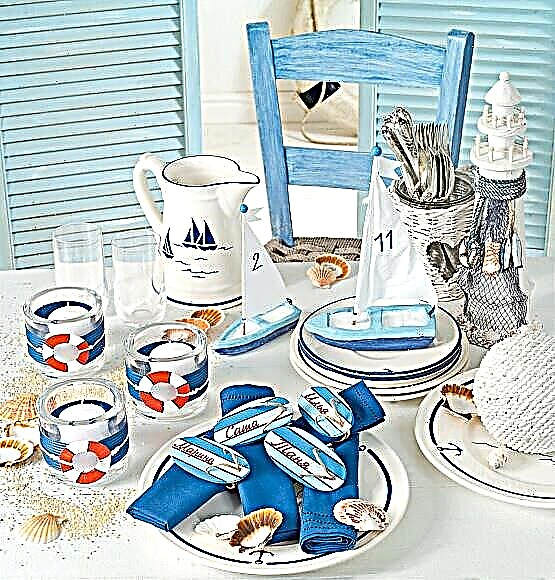This movement is slowly but surely gaining popularity, gaining new adherents around the world. What is a "slow fashion", what is it better than a "fast" mass market, why can it be right for you?
"Slow fashion" - what is it

Photo: @shopokt
The term "slow fashion" or "slow fashion" appeared more than 10 years ago, in 2007. He was introduced by a public figure and publicist writing about design and fashion, including Englishwoman Kate Fletcher. Fletcher contrasted the "slow fashion" with "fast", "fast fashion". High-quality, deliberately invented, sewn, selected and bought clothes were declared the antipode of the mass market, which flooded everything. The idea of Kate Fletcher continued the tendency to "slow down", which was already outlined in society in the 1980s. Slow food is opposed to fast food, thoughtful, “slow” education - express methods of instant learning anything, the voices of slow motion adherents, “slow motion” are becoming stronger — it concerns everything from buying new gadgets and reading news to creating and the perception of works of art or business and serious scientific research.

Photo: @bicvaker
Today, more and more people began to talk about the concept of "slow fashion" - perhaps these are good fruits of the growth of environmental awareness of people, maybe the consequences of another crisis, forcing us to buy less often and choose things more carefully. However, if you think about it, the fashion was slow for quite a while, “accelerating” only in recent decades. New technologies and cheaper production have made clothes available - perhaps too affordable. So much so that its quantity began to overshadow the quality from the consumer. The search for their own style gave way to the hunt for discounts on sales. People began to buy without hesitation, and in the same way, without hesitation, dress. "Slow Fashion" calls to stop and think - starting to wear better, more suitable for you, starting to respect yourself, your clothes and your personality more.

Photo: @quartiermodern
Hugge fashion: 6 rules of Danish comfort
Your style, your wardrobe: tips from BurdaStyle.ru
Voting: what style do Burdastyle.ru users choose?
The basic principles of "slow fashion"

Photo: @itsreleased
- Focus on quality
High-quality materials, high-quality patterns and patterns, high-quality manufacturing - as opposed to an instantly produced mass market aimed at cheapness. Good clothes look decent and serve for a long time.
- "Slow fashion" is not the same as minimalism
This movement does not claim that there should be very little clothing. No: it should be enough - as much as you need. And if you need all the things that fill your dressing room, you love each of them and wear them regularly - why not?
- Freedom from seasonality
It's not about using winter clothes in the summer and vice versa, but that you can wear a good thing for more than one season, sometimes for more than one year or even a decade.

Photo: @bethhunt_nz
- Individuality and originality
The mass market often repeats itself, and its followers, in the end, follow each other. "Slow fashion" stands for hand-made and individual tailoring - this way your things will be original, one of a kind, and therefore will allow you to feel more unique (plus - do not be afraid to meet a girl or woman somewhere in the same, for example, dress as you have).
- Functionality
"Slow fashion" suggests that the wardrobe should mainly consist of basic things that combine well with each other. Witty "hits of the season" this does not exclude, but there should be a minimum amount.
- Reasonable consumption and respect for things
Do not buy thoughtlessly, do not allow “superfluous things” to breed in the wardrobe, while trying to be careful about what is available is another of the key principles of “slow fashion”. If some favorite thing is “out of order”, you can try to alter it or somehow update it, extending her life.
Glamor - style or fashion?
Casual style: top 20 patterns for everyday wardrobe
Smart casual - improvisational style
Slow Fashion: Yes or No?

Photo: @kkristinalabel
Is it worth it to completely abandon the mass market in favor of the "slow fashion" - the question is ambiguous. The inexpensive things of industrial production have many advantages. They allow us to get dressed quickly, fashionably, for little money - from head to toe. Some things performed in a factory way can be independently reproduced individually, so that it turns out beautifully and efficiently, only a professional who possesses not only the necessary skills, but also a good fleet of sewing equipment and accessories can.

Photo: @sergio__casanova
However, the advantages of "slow fashion" are also obvious. “Slowness” in terms of clothing can often, paradoxically, significantly save our time. To make a good coat, you have to spend more than one day. At the same time, it will last a really long time, more than one year - and you will save much more days that you could spend trying on models from the mass market in shopping centers at the beginning of each new season. “Slow fashion” is also called upon to preserve our strengths, including those that we spend on maintaining order in the wardrobe, on making decisions about buying this or that thing, on thinking through and making out sets of clothes, on making money that go to “fast” shopping. If this is important for you, the “slow fashion” is much more environmentally friendly than the “fast” one. Plus - it makes it possible to enjoy the results of your labor for a long time, whether you bought a thing by spending money, or sewed it yourself, investing time and effort. In a word, there are a lot of reasonable in the principles of "slow fashion" - maybe you should look at them to find something close to yourself. Moreover, it seems that this movement will continue to develop - slowly but surely.
Preview photo: Pixabay



